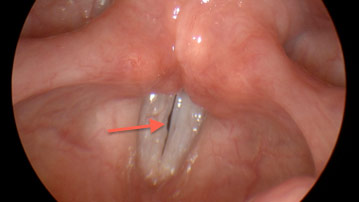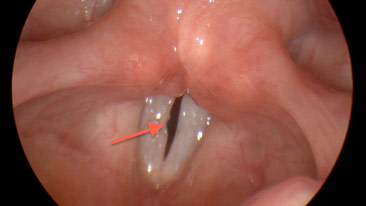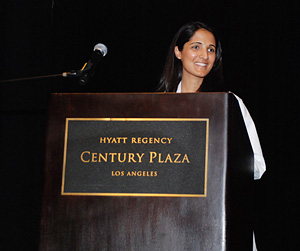- Question: How do the ingredients in e-cigarettes and vaporizers affect respiratory health? - August 16, 2019
- Bad Technique and Vocal Injury - January 9, 2019
- Is Edible Marijuana Dangerous for the Voice? Myths Dispelled - December 18, 2018
- Surprise! You have a hemorrhage - January 31, 2018
- Graves’ Disease: Treatment Overview - September 25, 2017
- Adele and the Stigma of Vocal Injury - July 11, 2017
- Vocal Curbside Consult: How does the thyroid affect the voice? - May 16, 2017
- Vocal Curbside Consult: How do hormones affect the voice? - May 3, 2017
- Vocal Curbside Consult: How do emotion and stress affect the voice? - April 17, 2017
- Vocal Curbside Consult: Vocal Recovery After Illness - April 7, 2017
The patient is a 24 year old female who has noted a 5 year history of progressive worsening of her voice. She was examined by an ENT who told her that she had nodules and that she should rest her voice. She did not notice any improvement but stated that she had to sing and so she continued to use her voice as much as she could. She sings exclusively gospel-style music, but had kept her singing to what she felt was a comfortable range. She presented for a second opinion when she noticed increased difficulty with projection and vocal fatigue.
Her videostroboscopic exam was as follows:
This strobe demonstrates a moderate degree of vocal fold scarring, particularly on the right vocal fold. Some refer to the depressed scar tissue on the right vocal fold margin as a sulcus vocalis, referring to the absence of vibrating superficial lamina propria. Sulcus vocalis is not uncommon in singers who use their voices in extremely challenging ways. Gospel singing, rock, and heavy metal are some of the more common genres in which this occurs; however, it is important to recognize that any genre, sung incorrectly, risks scarring. It also occurs in patients who have had poorly-performed surgery, where the surgeon incorrectly removes superficial lamina propria (the vibrating layer of the vocal fold), in addition to the vocal pathology.


Scarring/sulcus vocalis is extremely difficult to treat. At this time, there is no satisfactory material that replaces superficial lamina propria, (SLP), although there are some options. Extreme vocal trauma causes stiffening of vibrating tissue and accompanying loss of SLP. Scarring is not reversible and will result in significant reduction in vocal range. Also, as in the case presented here, the scarring results in inability of the folds to close. The glottic gap causes difficulty with projection and inefficient voice use, causing vocal fatigue. Nodules might cause some of these symptoms but do not resemble this patient’s exam.
This is the best example of why injury prevention is far more successful than any efforts at a cure. Within 1-2 days of having vocal symptoms, singers should seek professional evaluation from a laryngologist. This helps to avoid irreversible scarring and damage.
To learn more about Dr. Reena Gupta or vocal fold scarring, visit: www.voicedoctorla.com.



